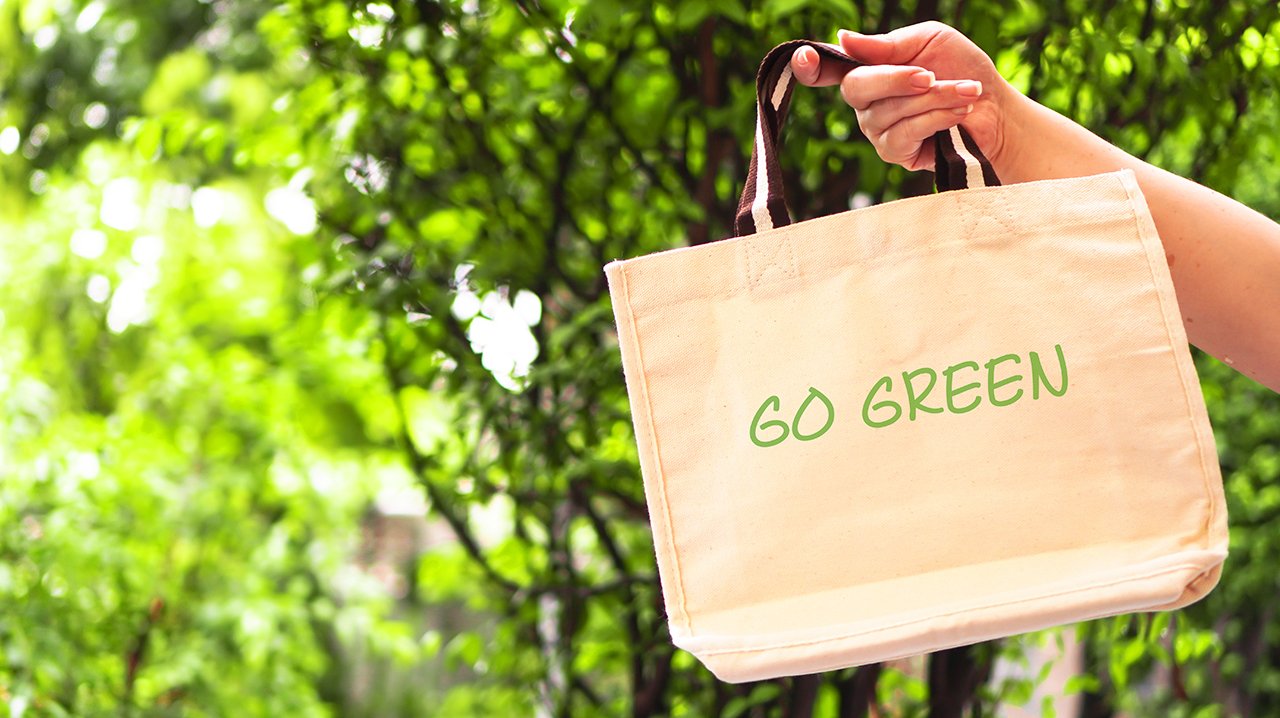In recent years, there has been a growing awareness of the environmental and social impact of the fashion industry. From pollution and waste to labor exploitation and unethical practices, the traditional fashion model has come under scrutiny for its unsustainable practices. In response, a movement towards sustainable fashion has emerged, encouraging consumers to make more conscious choices about what they wear. If you’re looking to reduce your fashion footprint and embrace a more eco-friendly wardrobe, here are some tips to help you navigate the world of sustainable fashion:
- Educate Yourself:
- Start by learning about the environmental and social issues associated with the fashion industry. Understand the impact of textile production, garment manufacturing, and distribution on the planet and people.
- Familiarize yourself with sustainable fashion concepts such as fair trade, organic materials, ethical labor practices, and circular economy principles.
- Prioritize Quality Over Quantity:
- Instead of buying into fast fashion trends and purchasing cheap, disposable clothing, invest in high-quality pieces that are made to last.
- Look for well-made garments crafted from durable, sustainable materials such as organic cotton, linen, hemp, Tencel, or recycled fabrics.
- Opt for timeless designs and versatile staples that can be mixed and matched to create different looks, reducing the need for constant wardrobe updates.
- Embrace Secondhand and Vintage:
- Give pre-loved clothing a new lease on life by shopping at thrift stores, consignment shops, or online resale platforms.
- Explore vintage markets and shops for unique, one-of-a-kind pieces with character and charm.
- Not only does buying secondhand help reduce waste and conserve resources, but it also allows you to express your individual style in a more sustainable way.
- Support Sustainable Brands:
- Research and support fashion brands that prioritize sustainability, transparency, and ethical practices throughout their supply chain.
- Look for certifications and labels such as Fair Trade Certified, Global Organic Textile Standard (GOTS), or Certified B Corporation to ensure a brand’s commitment to sustainability and social responsibility.
- Consider shopping from local or independent designers who produce small-batch, artisanal collections with minimal environmental impact.
- Care for Your Clothing:
- Extend the lifespan of your garments by following proper care instructions, such as washing clothes in cold water, air-drying instead of using a dryer, and avoiding harsh chemicals.
- Repair, mend, or alter clothing to fix minor damages or update outdated styles, rather than discarding them.
- Practice responsible clothing disposal by donating or recycling unwanted items to keep them out of landfills.
- Minimize Your Fashion Footprint:
- Practice mindful consumption by evaluating your wardrobe needs and making intentional purchases based on value, quality, and necessity.
- Consider implementing a “one in, one out” rule where you only buy new clothing items when you’re ready to part with something else.
- Embrace minimalist living and declutter your closet regularly to create a more curated, conscious wardrobe.
By incorporating these eco-friendly style tips into your fashion choices, you can play a part in driving positive change within the fashion industry. Whether you’re supporting sustainable brands, shopping secondhand, or embracing minimalist fashion principles, every small step towards more conscious consumption can make a difference. Together, let’s redefine fashion as a force for good and create a more sustainable and equitable future for all.
